|
Gluten-free recipes can appear daunting because you are required to use several ingredients to replace one type of glutenous flour. For your benefit, I'm posting my gluten-free bread flour mixture. With this in your pocket you can prepare a large batch of flour ahead of time so you can return to scooping and cooking in one step. method I suggest preparing your flour mixes in large quantities ahead of time and storing them in air-tight containers, so that when you are in the flow of a recipe it’s as simple as measuring one flour mix and not its individual components. As always, I recommend combining each mix in a food processor for two excellent reasons. First reason: Is to better refine your flours, making them lighter and giving your baked good more lift. Second reason: Is to thoroughly combine the flours, assuring that each time you scoop, you are scooping up the same precise formula of flours. On this note, I highly recommend stirring or shaking up your bin (only after it is thoroughly and completely sealed) once a week to prevent settling. gluten-free bread flour mix HIGH IN FIBRE MAKES: 1 kilogram/8 cups
ingredients 600 grams/4 1/2 cups arrowroot starch/flour 330 grams/3 cups oat flour, certified gluten-free 70 grams/6 tbsp psyllium husk powder method Combining each mix in a food processor or mix with a wire whisk, if in a rush.
Comments
- Baked - Hot Cross Buns March 21st, 2022
Hot Cross Buns #glutenfree #Easter #Holidaycooking ingredients sponge 200 grams/3/4 cup + 1 tbsp milk, warm 150 grams/1 1/4 cups gf bread flour mix (see here) 6 grams/1 1/2 tsp quick rise yeast final dough 175 grams/1 1/3 cups + 1 tbsp gf bread flour mix (see here) 50 grams/1/2 cup gf all-purpose flour mix (see here) 2 large eggs, room temperature 2 large egg yolks, room temperature 75 grams/1/3 cup butter, soft 45 grams/2 tbsp + 1 tsp honey 5 grams/1 tsp molasses pinch of cinnamon, nutmeg, and all-spice, cardamom (optional) 7 grams/1 1/2 tsp kosher salt 90 grams/2/3 cup currants, plumped 45 grams/1/4 cup candied lemon peels, chopped egg wash 1/2 large egg yolk a dash of milk or cream Method To make the sponge: Stir the quick rise yeast into 150 grams of bread flour mix. Make a well in the centre. Pour 200 grams milk in the well. Stir to just combine. Cover with plastic or a clean cloth and let rise at room temperature until doubled in bulk, about 30 minutes. To make the final dough: Combine the sponge in the bowl of an electric standmixer4 with all the final dough ingredients but the currants and candied lemon peels. Using the dough hook attachment, knead the dough on the lowest speed for ten minutes. Scrape the sides of the bowl as needed. Add the currants and candied lemon peel. Knead an additional two to three minutes. Transfer to a lightly oiled bowl. Cover with plastic, or a clean cloth, and let rise at room temperature until not quite doubled in bulk, 30 minutes. Line a sheetpan with parchment paper. Divide the dough into eight equal pieces. Knead each piece by hand for one minute. Roll each into a round ball and flatten slightly. Arrange on the prepared sheet pan no more than one centimetre apart (1/2 inch). Cover with plastic, while you work the next piece of dough. Brush each bun with the egg wash. Loosely cover. Let rise at room temperature until not quite doubled, about 15-20 minutes. Preheat an oven to 177°C (350°F). Brush the buns again with egg wash. To make the cross topping hot cross bun topping 90 grams/7/8 cup gf all purpose flour mix (see here) 45 grams/3 tbsp butter, melted 45 grams/3 tbsp granulated sugar 25 grams/5 tsp milk 2% (I prefer goat milk) 1/2 each lemon zest, chopped finely 1/2 large egg yolk glaze 2 tbsp apricot jam 2 tbsp corn syrup In a small bowl, stir together all topping ingredients. Transfer to a piping bag fitted with a small tip, number three tip. Pipe a cross shape over each bun by piping one line across the centre of a bun, then pipe a line perpendicular to the first line.
Bake until the crust is a deep golden brown and the bottom of the buns sound hollow when tapped, 18 to 20 minutes. The topping should still be very pale in colour. Let cool completely on a wire rack before cutting. - Baked - almond waffles March 14th, 2022
almond waffles MAKES: 8 WAFFLES | DAIRY-FREE, LOW GLYCEMIC ingredients 260 grams/2 cups gf pastry flour mix or gf almond pastry flour mix (purchase here) 30 grams/2 tbsp granulated sugar 12 grams/3 tsp baking powder 5 grams/1 tsp kosher salt 200 grams/3/4 cup milk 2% or to make dairy-free use almond milk 2 large eggs 60 grams/1/4 cup melted butter to make dairy-free use oil 5 grams/1 tsp pure vanilla extract method Sift together the dry ingredients. Set aside.
Whisk the eggs into the milk. Add butter and vanilla. Whisk in the dry ingredients. Heat your waffle iron, then coat it with an even thin layer of spray on oil. Buying your own reusable oil misting bottle is cheaper and healthier, both for you and the environment, than buying a can of spray on oil. Portion the batter into the iron. Do not over fill the iron the batter will rise significantly. Cook until golden brown, as per your waffle iron manufacturer’s instructions. There is a rumour which says celiac's cannot eat oats. To dispel this myth, you first need to know Oat and his friends and family as I do. Then you will see they are not bad folks to have around… or are they? If you knew the Mr. and Mrs. Monocot, you will know they had three daughters. Their oldest child who married into the Triticum's bore three children of her own: Wheat, a strong burly chap; then Rye, who has a wry sense of humour; and last, Barley, who works at the local malt shop. Mr. and Mrs. Monocot's middle child’s married name is Stavia, and she had two children: Rice and Oat. The Monocot's youngest child’s surname became Poaceae. The Poaceae raised three strapping children of her own: Sorghum, who had a Southern accent as thick as molasses; Corn, who has hair like silk; and Millet the miller. The whole Grass family and their descendants are a wholesome group, however, Wheat and his brothers don't know their own strength. They are all the thick skinned type who sometimes rub people the wrong way; as in the problems create by the high concentration of gluten in grains of the triticum family. Oat is a humble, wholesome, healthy lad. Nevertheless, when he hangs around his cousins Wheat, Rye and Barley their coarse form of jesting rubs off on him and he becomes offensive to his brother Rice and his other cousins; as when oat can easily become contaminated with gluten when processed in the same facilities used for processing wheat. On his own, Oat is a likable guy almost anyone would get along with him, but there is a streak in him which clicks with his cousin Wheat and can distort this likable lad in a moment, though he never goes as far in biting jesting as Rye. Getting back to the real worldGluten is the term for the storage protein of wheat. It is what remains after the starch granules are washed away; and accounts for 10-15 percent of the wheat flour. The fraction of gluten most studied in celiac disease is called gliadin, but there are other proteins which chemically resemble gliadin in rye and barley. These similar proteins are the offending part. The offending protein in rye are secalins and in barley are hordeins. These proteins are not strictly glutens but are generally included in the term and are still toxic to people with celiac disease. Wheat, rye and barley are closely related genetically. Oats are on a different branch, more closely related to rice. Most studies of gluten look at gliadin, but it is possible there are other proteins in gluten to which people are sensitive. However, oats contain a protein fraction called avenin. “Avenin...Was shown to cause a reaction in a few celiac patients that is not fundamentally different from the reaction to gluten peptides [gliadins]. But clinical studies have shown that the majority or people with celiac disease tolerate oats quite well.” - Peter H.R. Green, M.D., and Rory Jones, M.S., Celiac Disease A Hidden Epidemic: Is Gluten Making You Sick? It is believed oats are safe for over 98 percent of those with celiac disease. Studies have found patients ingesting oats sometimes have more symptoms because of the increase in dietary fibre, but very few have any type of immune reaction. GETTING BACK TO OUR ANALOGYWhen if Oat hangs around with, and spends much of his growing-up years with, his cousin Wheat cross contamination remains an issue. Oats and other grains are often grown in close proximity to, or are processed at the same facilities as, wheat, rye and barley. If not sorted properly, gluten can be accidentally ground in with the Oats, contaminating them.
Thankfully there is, and has been for sometime, a solution on the market, certified gluten-free oats. It is actually two solutions under one header. Certified gluten-free oats can be raised in two ways. The first is to raise the crops well away from wheat crops, the fields then are inspected to verify they are far enough away from wheat. The second is to raise the crop as per the norm, but in the factory/mill an electric eye scans the grains for gluten. The product is then sorted to remove all wheat kernels. Ultimately, both methods are inspected at the end in a lab and if found to contain less than 20 ppm of gluten they are certified ‘gluten-free.’ Look for the certification and eat with ease. However, monitor your health for any symptoms, bearing in mind there might be an overload of fibre, if you have a flare up consult your doctor immediately, you may be among the two percent of celiacs who are allergic to oats, or rather to oat protein. |
Click here for the best available price for a Digital Measuring Cup/Scale on Amazon.
Affiliate Links Disclaimer Life After Gluten receives a small commission from the sales made through our affiliate links. However, I only promote affiliate products that are relevant to the articles that brought you here. The commissions received through your purchases help maintain this site. Thank you for your support!
Happy to meet you,
If you are that person with a million and one allergies and intolerance I am there to say you are not alone! Life After Gluten can be better than life with wheat. Living lactose-free since 2007 and gluten-free since 2013. Also intolerant and/or allergic to mushrooms, soy, and yeast. Categories
All
Archives
March 2024
Affiliate Links Disclaimer Life After Gluten receives a small commission from the sales made through our affiliate links. However, I only promote affiliate products that are relevant to the articles that brought you here. The commissions received through your purchases help maintain this site. Thank you for your support!
|
Photo from Brett Jordan
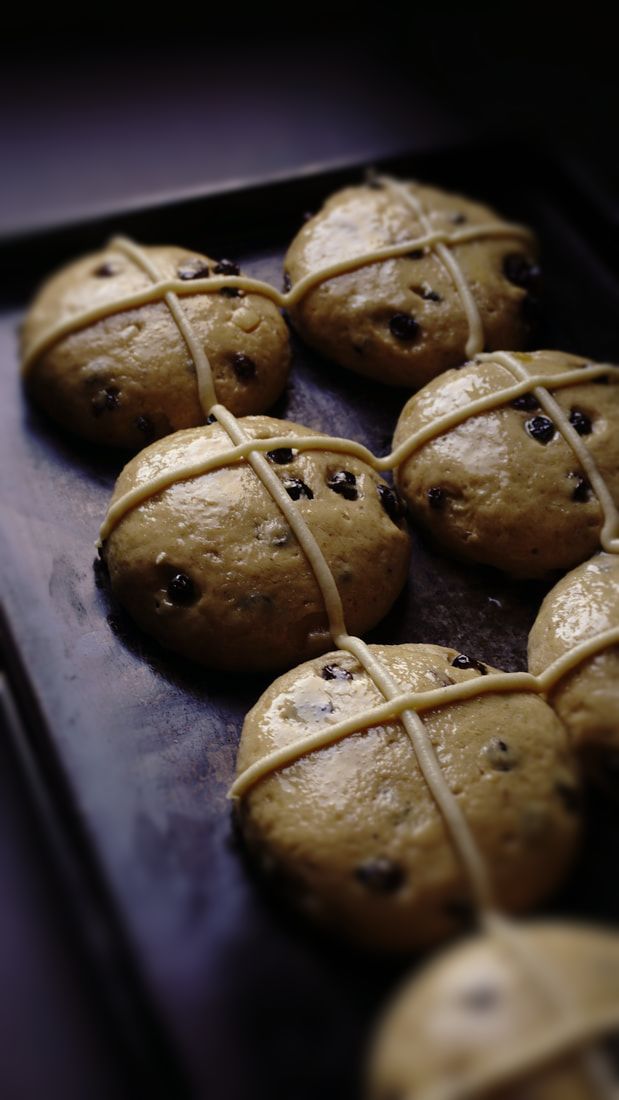

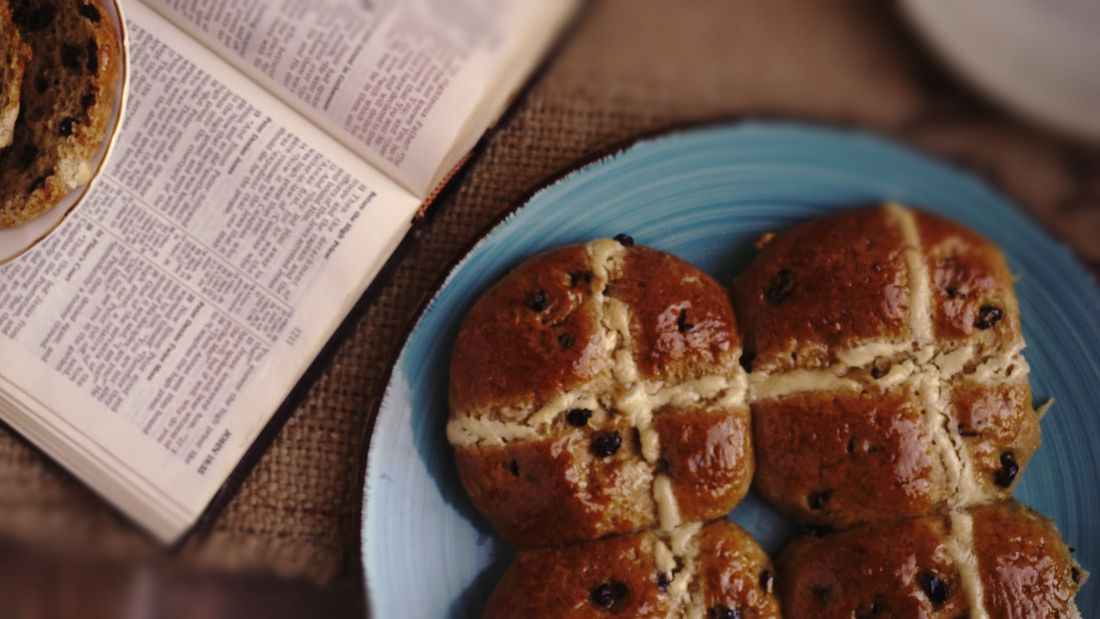
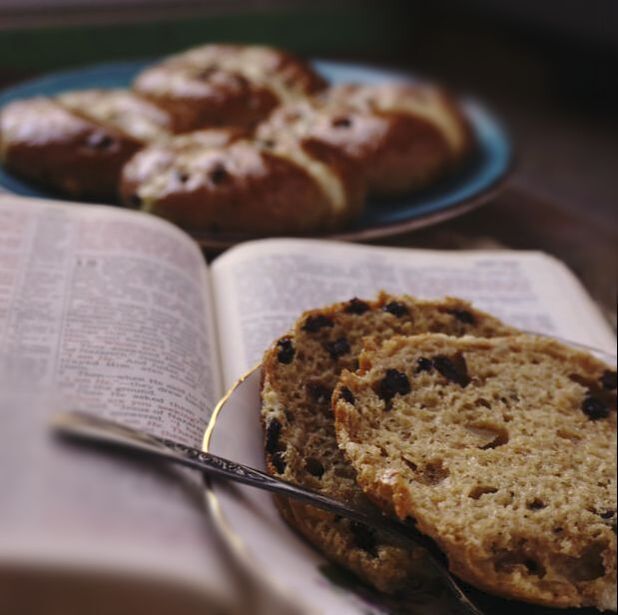
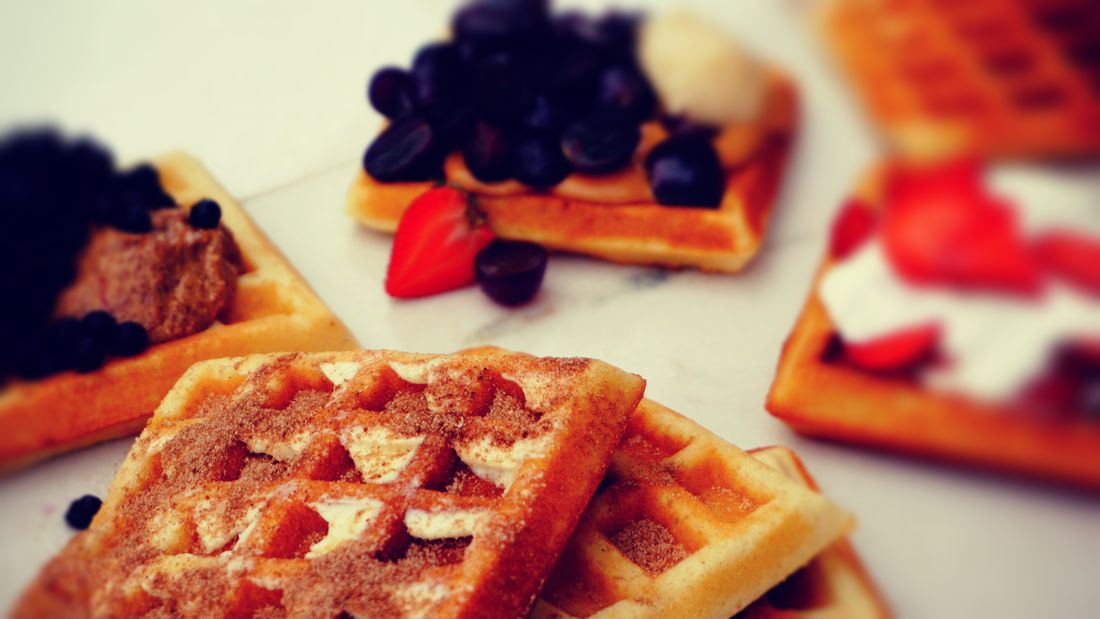

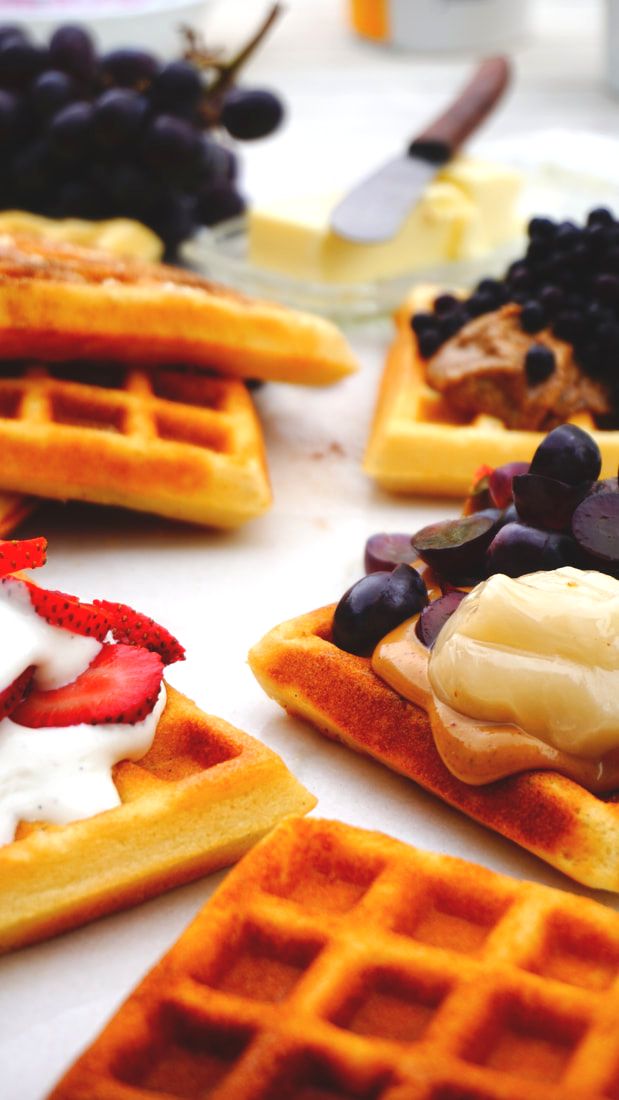
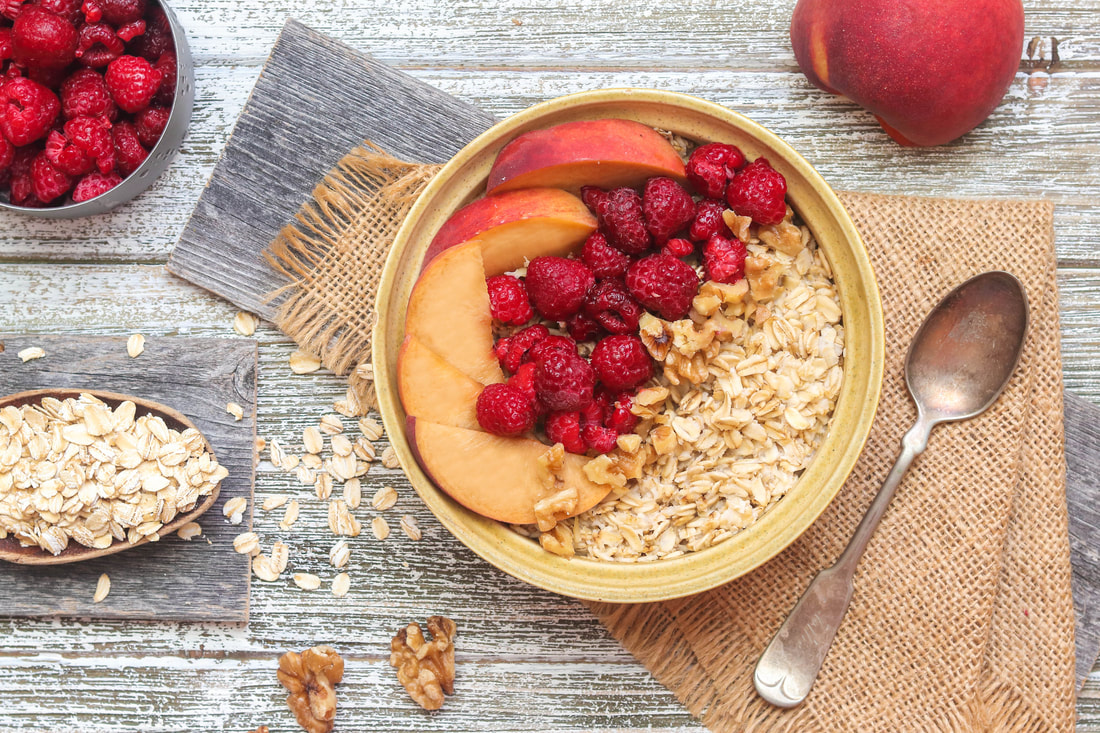

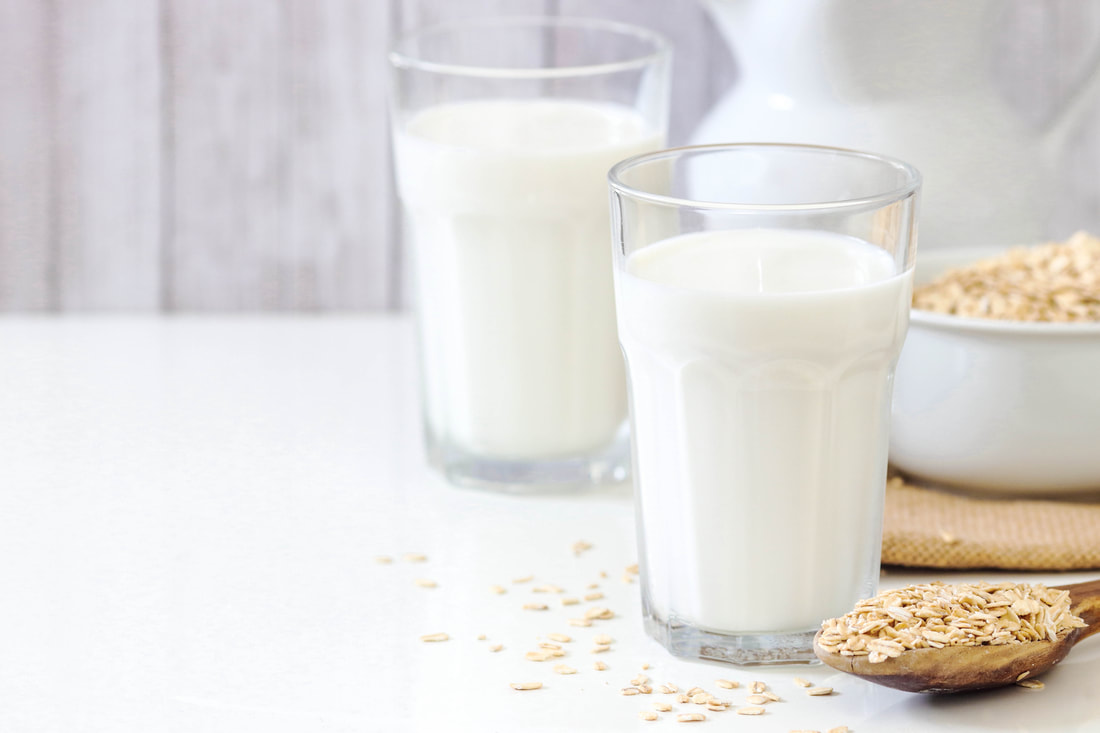


 RSS Feed
RSS Feed
